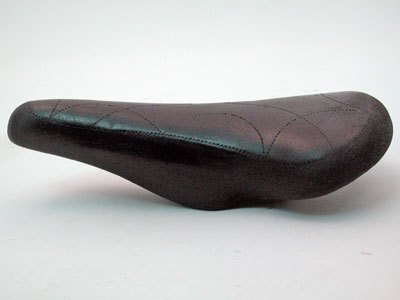If someone asked me to describe the perfect shoe for my day to day lifestyle I might have described something almost exactly like the Rondel Sneaker. My wish list would be something like this:
A casual and good looking full leather sneaker with full leather upper and a stiff sole (i.e. it must have a shank), it would fit into toe clips should I want to use them for that, and perhaps be SPD compatible.
I wouldn’t have made comfort specifications but it should be comfortable and durable.
This new sneaker from Mission Workshop, based in San Francisco China
Thankfully the shoes have stretched to some extent and are bearable. The leather quality seams spotty and I treated them with neutral shoe polish immediately. It didn’t take much rain to still put a nice wear mark on the toe (one day on the polo courts). The sole is a rip-off of a classic vans slip-on and I am sceptical about how it will hold up, but seems okay so far.
Overall, I am happy with the shoe because I can finally ride to the bar or restaurant and walk inside wearing exactly what I road there in and not look like I road there. The shoes mesh with my sense of style and I am pleased with the product. However, there isn’t much competition out there. You can pick up a hiking style shoe from almost any cycling shoe manufacturer for under one hundred dollar and the quality of the sole and the construction quality will likely be superior to the Rondel, but it won’t look half as cool. And lets face it fashion is just as important as function in the urban jungle.
-VBN













